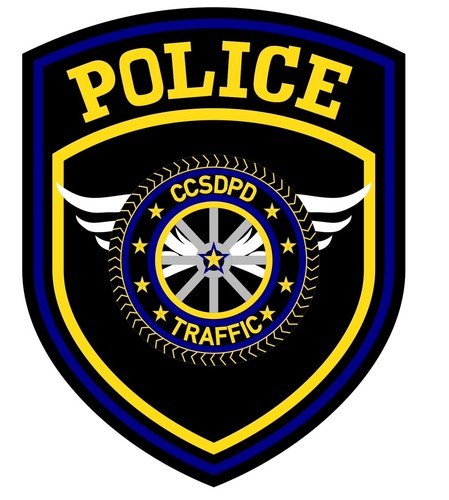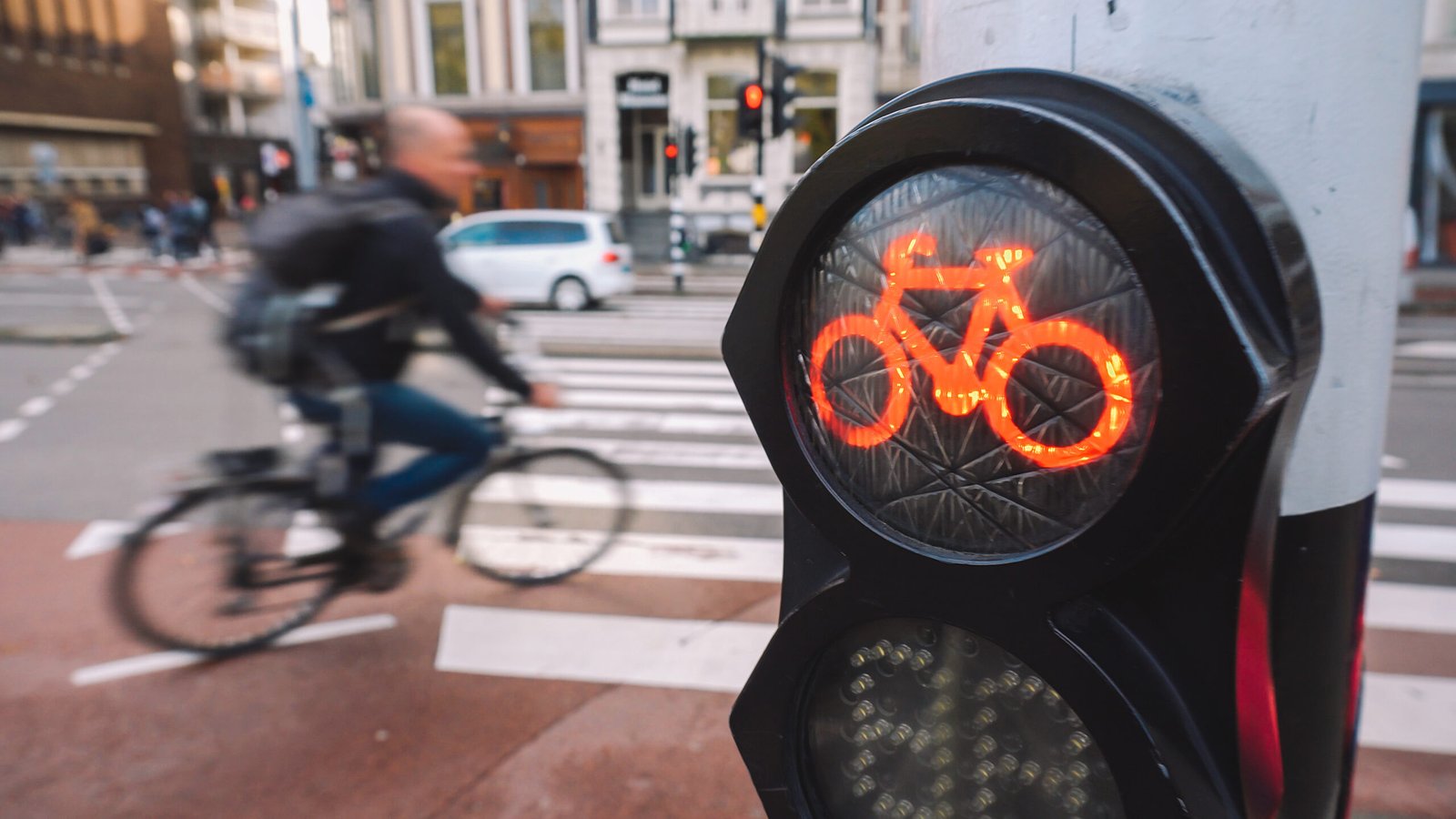
E-Bike Safety: Ride Smart
As e-bikes become increasingly popular, it’s crucial for our community to be informed about their safe and responsible use, especially for children.
E-bike education helps ensure that individuals understand the safety protocols, traffic laws, and proper maintenance practices associated with these vehicles.
Family involvement is important, as parents play a key role in making informed decisions about whether an e-bike is the right choice for their child.
Are E-Bikes Safe
An e-bike can be a great solution for long commutes and heavy backpacks but only if your student has prior experience with cycling. E-bikes are heavier and go twice as fast as conventional bikes for students of this age; riders must have the confidence, skill, and maturity to responsibly ride on the street and on multi-use pathways.
Ride Safe: Five Points of Safety
1. Protect Your Head
A cyclist is only fully protected if their helmet fits properly.
- Helmets should be snug but not annoyingly tight.
- The rear adjustment wheel and chin strap should be secured so that the helmet presses against the top of the cyclist’s head.
- Children’s helmets should fit when purchased and not considered something to grow into.
- Work with a local bicycle retailer to ensure a proper fit.
2. Be Visible
Cyclists must take measures to be sure drivers can see them.
- Use front and rear lights even during daylight hours.
- Bright-colored clothing and gear can increase a cyclist’s visibility.
3. Use Bicycle-Friendly Routes
- Choose to ride on streets with designated bike lanes or wide shoulders.
- Pick slow streets– roads with lower speed limits.
4. Be Predictable
- Cyclists should alert drivers by signaling turns. It’s recommended a cyclist signal 100 feet before a turn by extending their arm for two seconds in the direction of the turn.
- Cyclists should check over their shoulder for oncoming vehicles before making a left turn or changing lanes.
- Cyclists should not do things like making a left turn across traffic unexpectedly, swerve between parked cars, or dart out of a driveway or off a sidewalk without warning.
5. Ride Defensively
In addition to the four points above, cyclists should:
- Stay clear of the curbside
- At intersections, always make eye contact with the driver before proceeding.
- Always assume motorists don’t see you, even if you have the right of way.
- Be wary of riding in a vehicle’s blind spot
- Be aware of pedestrians who may step into the road and car doors that may open.
What Are the Risks of Riding an E-Bike?
Electric bikes (e-bikes) are a convenient and fun way to travel, but as with any mode of transportation, they come with specific safety risks. Whether you’re considering an e-bike for commuting or recreation, it’s essential to understand the potential hazards and how to stay safe on the road.
While e-bikes offer many benefits, the biggest risk associated with them is speed. E-bikes can reach speeds of up to 28-30 mph, which can lead to more severe injuries in the event of an accident, especially compared to traditional bikes, which typically top out at lower speeds.
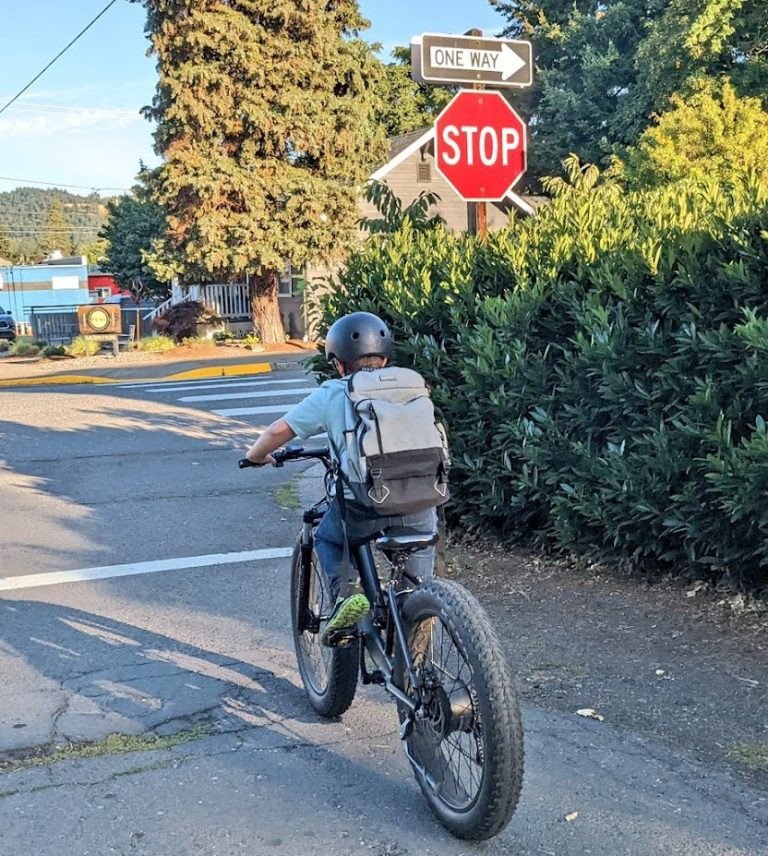
In addition to speed, operator skill and knowledge are crucial. E-bike riders need to be familiar with road rules, traffic signs, and how to ride defensively. A lack of situational awareness can increase the risk of accidents. To stay safe, riders should have basic biking experience, good judgment, and an understanding of how to navigate various traffic situations.
E-bikes provide many benefits including teen independence and traffic and pollution reduction. But they must be legal. Any e-wheel device that travels faster than 20 mph on throttle power alone, by law, is considered illegal and unsafe for any rider.
Are E-Bikes Safe for Children?
While e-bikes can be a fun and efficient mode of transportation, they may not be the safest option for younger children, especially those who lack the strength, coordination, or judgment to safely operate the bike at higher speeds. Even for older children or teens, it’s crucial that they ride responsibly and wear proper safety gear, including a helmet. Always assess a child’s maturity and riding experience before allowing them to ride an e-bike.
It’s important to remember that children have nowhere near the strength or mass of an adult. While many manufacturers account for this, it’s essential that you choose a model suitable for both the weight and height of your child.
Is your child experienced with the following?
- Taking turns with vehicles at intersections after coming to a complete stop
- Riding predictably WITH the flow of traffic and does not weave in and out of vehicles
- Riding outside of a door zone of parked vehicles (at least 3 feet away)
- Using hand signals for turning right, left, stopping, and scans before merging onto roads and changing lanes
- Obeying posted speeds on pathways and giving the right of way
- Knowing how to stop abruptly and dodge obstacles without swerving into vehicle lanes
Classes of E-Bikes
E-bikes are classified based on their motor power and the presence of a throttle. Understanding the different classes can help riders make informed decisions.
Electric Bicycle (NRS 484B.017) – A device upon which a person may ride, having two or three wheels, or generally recognized as a bicycle that has fully operable pedals, must have a seat or saddle for the rider, and electric motor which produces not more than 750 watts AND meets the requirements of one of the following three classes:
- Class 1: Provides assistance only when the rider is pedaling and ceases to provide assistance when the bicycle reaches the speed of 20 mph. A Class 1 e-bike is recommended if your student already can ride a conventional bike. A Class 1 e-bike can provide assistance from its electric motor up to a speed of 20 mph, but only when the rider is pedaling. A Class 1 e-bike is still fast; it can travel twice the typical speed of a regular bike.
- Class 2: May be used exclusively to propel the bicycle and is not capable of providing assistance when the bicycle reaches the speed of 20 mph (i.e. – throttle or trigger, no pedaling required).
- Class 3: Provides assistance only when the rider is pedaling and ceases to provide assistance when the bicycle reaches the speed of 28 mph.
- Key takeaways – 2 or 3 wheels; has fully operable pedals; a seat or saddle for the rider; not more than 750 watts, max speed of 28 mph.
Any e-wheel device that travels faster than 20 mph on throttle power alone, by law, is considered illegal and unsafe for any rider.
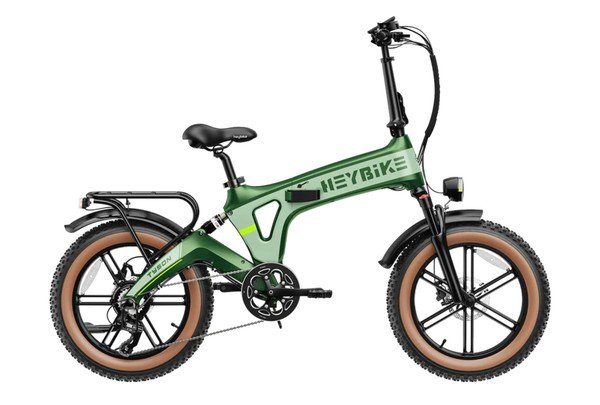
TYPE 1 E-Bike:
Let’s Have Some Fun
These are electric bikes on which you must pedal in order to use the motor. It’s just like riding a conventional bicycle but with the added benefit of a motor that senses your pedaling, thus providing assistance. You’ll feel like you have a constant tailwind, making your ride easier and more enjoyable. The maximum speed for Class 1 e-bikes is 20mph, and you don’t need a driver’s license to ride one.
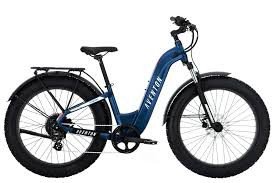
TYPE 2 E-Bike:
Unleashing Power & Control
These electric bikes are equipped with a motor controlled by a throttle. With a Class 2 e-bike, you don’t have to pedal to benefit from the motor. Simply press the throttle, and off you go. This feature allows for easy acceleration. Keep in mind that the more you rely on the throttle without pedaling, the quicker you will drain the battery. As with Class 1 e-bikes, Class 2 e-bikes have a maximum speed of 20mph.
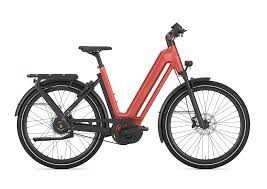
TYPE 3 E-Bike:
High-Powered Commuting
These are the fastest “legal” electric bikes, with a maximum speed of 28mph. Class 3 e-bikes are still considered bicycles and do not require a driver’s license or license plate. However, they do require you to be 16 or older and wear a helmet by law. Class 3 e-bikes provide pedal assist, just like Class 1 e-bikes, but they can reach higher speeds. They may also have a throttle, but the speed of the throttle remains capped at 20mph. Class 3 e-bikes are great for commuting or for riders who want a bit more speed and power during their rides.
Important Safety Tips for E-Bike Riders
1. Always Wear a Helmet:
Helmets are crucial for any cyclist, but especially for e-bike riders, given the higher speeds. Make sure your helmet fits properly and meets safety standards.
2. Ride at a Safe Speed:
Respect speed limits, and always adjust your speed based on road conditions and traffic.
3. Don’t Ride With Another Rider:
E-bikes, like regular bikes, are designed for one rider only. Avoid carrying passengers on your e-bike to prevent losing control and increasing the risk of a crash. NRS 484B.770 – No bicycle, electric bicycle or electric scooter shall be used to carry more persons at one time than the number for which it is designed and equipped
4. Be Aware of Your Surroundings:
Always look out for pedestrians, vehicles, and other cyclists. Be prepared to stop quickly if needed.
5. Follow Local Laws:
Adhere to traffic laws and regulations in your area. In Nevada, e-bike riders must follow specific safety and equipment standards. NRS 484B.763 – Rules of the Road – All bicycle, e-bicycle, and e-scooter riders must adhere to all the same rules and regulations that are applicable to the driver of a vehicle
6. Use Proper Lighting:
Equip your e-bike with front and rear lights, especially when riding in low-light conditions.
7. Check Your Bike Regularly:
Make sure your e-bike is in good working condition. Regular maintenance of brakes, tires, and the motor is essential for safe riding.
E-Bike Maintenance
Compared to a non-electric bike, an e-bike is heavier, stronger and more complex, so you have a few additional maintenance considerations:
- Set up a regular maintenance schedule. Whether you do it yourself or take your e-bike into a bike shop, tune your bike yearly, or more often if you ride frequently.
- Top off battery charge whenever you have the chance. And conserve power as you ride, because pedaling an e-bike with a dead battery is best left to superhero types.
- Keep tires properly inflated. An e-bike needs good footing underneath. Also, be sure you can fix a flat if needed.
- Check brakes regularly. You want your e-bike’s stopping power to be a match for its pedal-assist power.
- Regularly clean, lube and inspect your chain. E-bikes ask a lot of this vital link in the drivetrain system.
Is This an E-Bike?
E-motorcycles are NOT bikes!
- E-Motorcycle (NRS 482.070) – A vehicle designed to travel on 2 or 3 wheels in contact with the ground, excluding bicycle, scooter, and moped.
- Requirements for use – NV Motorcycle License or Endorsement from other state (16 or older), NV DMV Registration, Insurance, DOT Helmet. (NRS 486.231)
- Other considerations – Must have a motorcycle license or license with motorcycle endorsement, insurance, registration, helmet, windscreen or safety glasses, mirrors, signals, headlight and tail light. (NRS 486.375)
- The device is illegal on public streets, roads, and pathways. In case of a crash, parents could face legal and financial liability for allowing their student to operate an illegal vehicle.
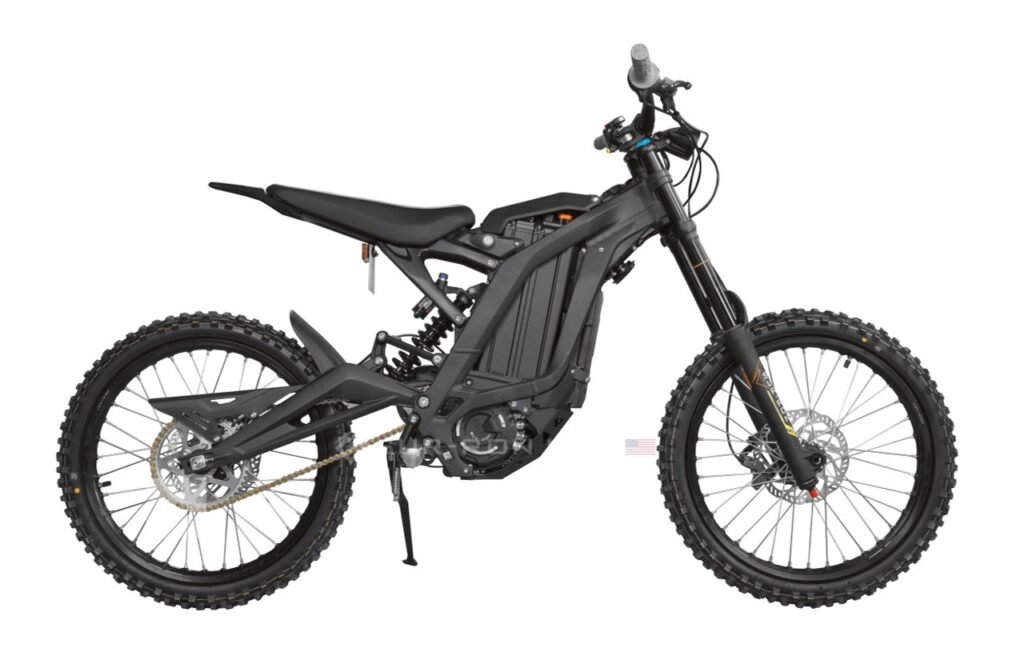
WARNING!
A great number of the throttle e-wheels sold in Nevada are illegal for anyone of any age to drive because their motors are larger than 750 watts and capable of going above 20 mph without pedaling – the legal limit for a throttle e-bike.
Even if they have a Class 2 e-bike label, if it is over 750 watts and capable of providing speed above 20 mph, they are e-motorcycles, and like gas motorcycles, the vehicle must be equipped with motorcycle lights and rearview mirrors, and a driver’s license and DMV registration are required.
These un-equipped and unregistered e-motorcycles are not allowed to be driven by any person on public roads, streets, sidewalks or pathways.
Nevada Bike Laws: E-Bike Regulations You Need to Know
In Nevada, e-bike riders must adhere to certain laws to ensure everyone’s safety. Always stay up-to-date on state and local rules for e-bikes. E-bikes must comply with motor power limits based on their class.
Traffic Laws: E-bike riders must follow the same traffic laws and roadway rules as motor vehicle drivers, including traffic signs, signals, speed limits, and right-of-way laws.
Equipment: E-bikes must have working brakes, a white lamp visible from at least 500 feet to the front, and a red reflector visible from 50 to 300 feet to the rear.
Registration and Licensing: E-bikes are not subject to the registration, licensing, or insurance requirements that apply to motor vehicles.
Helmets: E-bike riders are not required to wear helmets at this time, but are strongly encouraged to do so.
Sidewalks: E-bikes are allowed on bike paths but not on sidewalks.
Age: There is no age minimum for e-bike riders.
Roadways: E-bikes are allowed on roadways with speed limits of 25 mph or less.
Paths: Class 3 e-bikes are not permitted on most bike paths, multi-use paths, and shared-used paths.
Riding Position: Riders must ride as near to the right-hand side of the roadway as practicable, except when preparing to turn left or when doing so would not be safe.
Parents are legally and financially responsible for children under 18 years of age. Please pay extra attention to the laws that govern the use of e-bikes and e-scooters; for the safety of your child and others, illegal devices are not permitted on roads, pathways, and public grounds.
What About E-Scooters?
E-scooters that travel over 20 mph, as they will be considered mopeds if they are over 20 mph or 750 watts, and considered a motorcycle if over 1500 watts (NRS 486.038).
E-scooter riders must adhere to all the same rules and regulations that are applicable to the driver of a vehicle (NRS 484B.763)
Stay Safe CCSD!
There are a few factors to consider when choosing a suitable e-Bike for your child. It is a parent’s responsibility to ensure their child is riding a safe model, in line with their own limitations. When compared to a typical kids’ bike, an e-Bike is a very different vehicle.
E-bikes must fit the following criteria to be considered street-legal electric bicycles:
- Functional Pedals
- Electric motor not exceeding 750W
- Top speed of 20mph (Class 1 & 2), or 28mph (Class 3)
If the product you are considering does not have pedals, an electric motor exceeding 750W, or is capable of traveling at a speed greater than its defined Class, it is no longer classified as an electric bicycle and will be subject to rules and regulations applied to “motorized bikes”, such as not being permitted in bike lanes or on multiuse paths and are illegal for those under 16.
Contact the Clark County School District Police Department for any questions in law or traffic complaints
The Clark County School District Police Department (CCSDPD) Traffic Bureau is committed to traffic safety and positive engagement within school zones and the surrounding roadways. By maintaining a visible presence and increasing patrols, officers can directly contribute to safer streets for students, parents, staff, and the broader community.
- Website link: https://ccsd.net/departments/police-services/traffic
- Email: traffic@nv.ccsd.net
- 24/7 dispatch @ 702.799.5411
